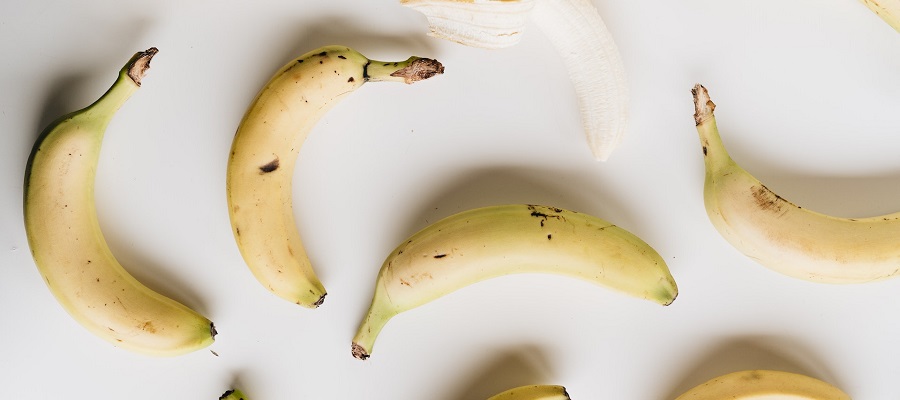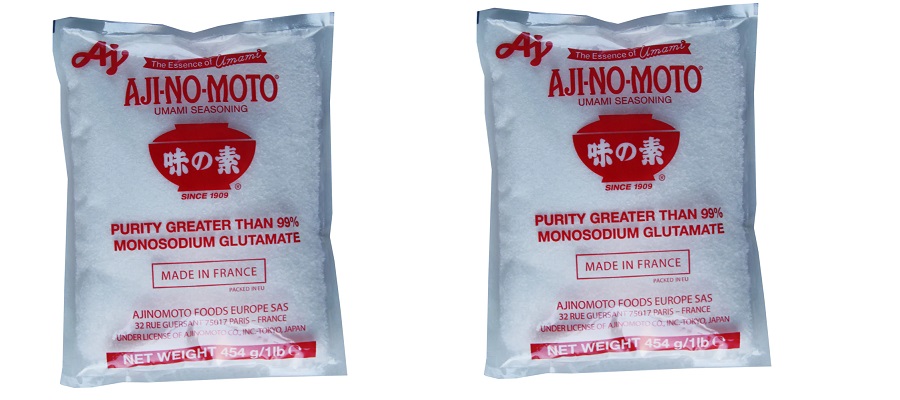Bananas are a popular fruit that can be enjoyed on their own or used in a variety of recipes. However, choosing the right banana can be a challenge. No one wants to bite into a mushy or unripe banana. Luckily, there are some simple tips you can follow to ensure you choose the perfect banana every time.
Look for yellow with a touch of green.
When choosing a banana, look for one that is mostly yellow with a touch of green at the stem. This indicates that the banana is ripe but not overripe. Avoid bananas that are completely green or have brown spots, as they are either unripe or overripe. If you prefer your bananas to be a little more ripe, look for ones with more brown spots, but be careful not to choose ones that are too mushy.
Check for firmness
When choosing a banana, it's important to check for firmness. Gently squeeze the banana to see if it gives slightly. If it does, it's likely ripe and ready to eat. If it feels too firm, it may need a few more days to ripen. However, be careful not to squeeze too hard as this can bruise the fruit. Remember, a perfectly ripe banana should be firm but not too hard or too soft.
Avoid bruises and soft spots
When selecting a banana, be sure to inspect it for any bruises or soft spots. These areas can indicate that the fruit is overripe or has been damaged during transportation. A banana with bruises or soft spots may also spoil more quickly, so it's best to choose one that is free of any blemishes. Look for a banana with a smooth, even texture and no visible signs of damage.
Consider the stem
One of the easiest ways to determine the ripeness of a banana is to look at the stem. If the stem is green, the banana is likely unripe and will be quite firm. If the stem is yellow or brown, the banana is likely ripe or even overripe. However, if the stem is completely brown or black, the banana may be too ripe and mushy. It's best to choose a banana with a slightly yellow stem for the perfect ripeness.
Use your senses
In addition to looking at the stem, you can also use your other senses to determine the ripeness of a banana. Give the banana a gentle squeeze - if it's too firm, it's likely unripe, but if it's too soft, it may be overripe. A perfectly ripe banana should give slightly when squeezed. You can also smell the banana - a ripe banana will have a sweet, fruity aroma. By using your senses, you can ensure that you choose the perfectly ripe banana every time.


